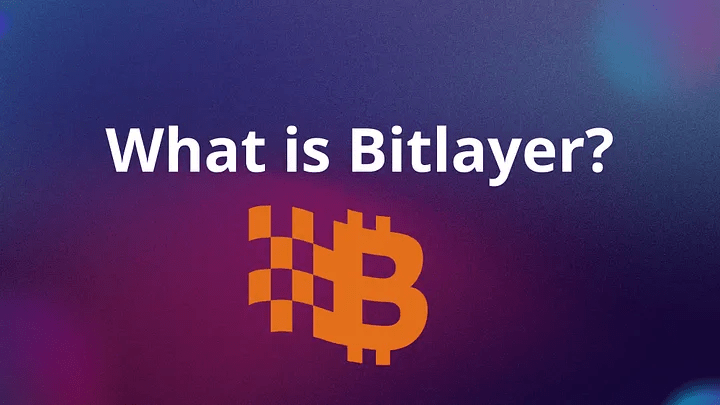With the development of blockchain technology and the expansion of application scenarios, an increasing number of emerging projects are appearing, bringing innovative solutions. BitLayer, as a new type of blockchain technology framework, is becoming a focal point in the industry with its unique design concept and efficient performance.
What is BitLayer?
BitLayer is a blockchain protocol designed for efficient, scalable, and decentralized applications (DApps). Unlike traditional blockchain platforms, BitLayer adopts a layered design concept aimed at improving blockchain throughput, processing speed, and network security.

Through a layered structure, BitLayer can better address the performance bottlenecks of blockchain networks, especially under high concurrency and high transaction volume, while maintaining system stability and efficiency. This gives BitLayer a clear advantage when competing with other blockchain projects.
II. Core Features of BitLayer
Layered Architecture Design
Data Layer: Responsible for handling basic data storage and transaction records.
Consensus Layer: Decides whether transactions are valid and the rules for block generation.
Application Layer: Supports decentralized applications (DApps) and allows developers to create applications based on different needs.
High Throughput and Low Latency
By optimizing the consensus mechanism and improving data transmission efficiency, BitLayer can handle a higher transaction throughput than traditional blockchains. This means that BitLayer can support more users conducting transactions simultaneously, thereby reducing transaction congestion and high latency issues.Compatibility and Interoperability
BitLayer has strong compatibility and can interoperate with other blockchain systems.Decentralization and Security
As a decentralized blockchain network, BitLayer still maintains a high level of security.Smart Contracts and Decentralized Applications (DApps) Support
III. Application Scenarios of BitLayer
BitLayer's innovative architecture gives it broad application potential in multiple fields. Here are some typical application scenarios.
Decentralized Finance (DeFi)
In the DeFi field, BitLayer can provide efficient transaction and asset management services for various decentralized financial applications.Cross-Chain Asset Transfer
Due to BitLayer's strong cross-chain compatibility, it can become a bridge between multiple blockchains. Users can transfer and exchange assets from different blockchains through BitLayer, greatly enhancing interoperability between blockchains.Supply Chain Management
In the field of supply chain management, BitLayer's efficient processing capability and decentralized characteristics can ensure the transparency and immutability of supply chain data.Decentralized Identity Authentication
In the field of decentralized identity authentication, BitLayer can provide users with reliable digital identity authentication services.NFT MarketIV. Future Prospects of BitLayer
Integration with Traditional Finance
As traditional financial institutions gradually adopt blockchain technology, BitLayer can help the traditional financial industry achieve digital transformation by providing efficient, secure, and compatible blockchain solutions.
Improving the Efficiency of Global Payment Systems
BitLayer's high throughput and low latency characteristics give it great application potential in global payment systems. In the future, BitLayer may become an important technical support platform in the fields of cross-border payments and micropayments.Promoting the Popularization of Web3
With the development of Web3 technology, the demand for decentralized applications will continue to grow. As more developers and users join, BitLayer may become one of the infrastructures of the Web3 era.@BitlayerLabs
Follow the orange cat, and let it help you find the next hundredfold coin.